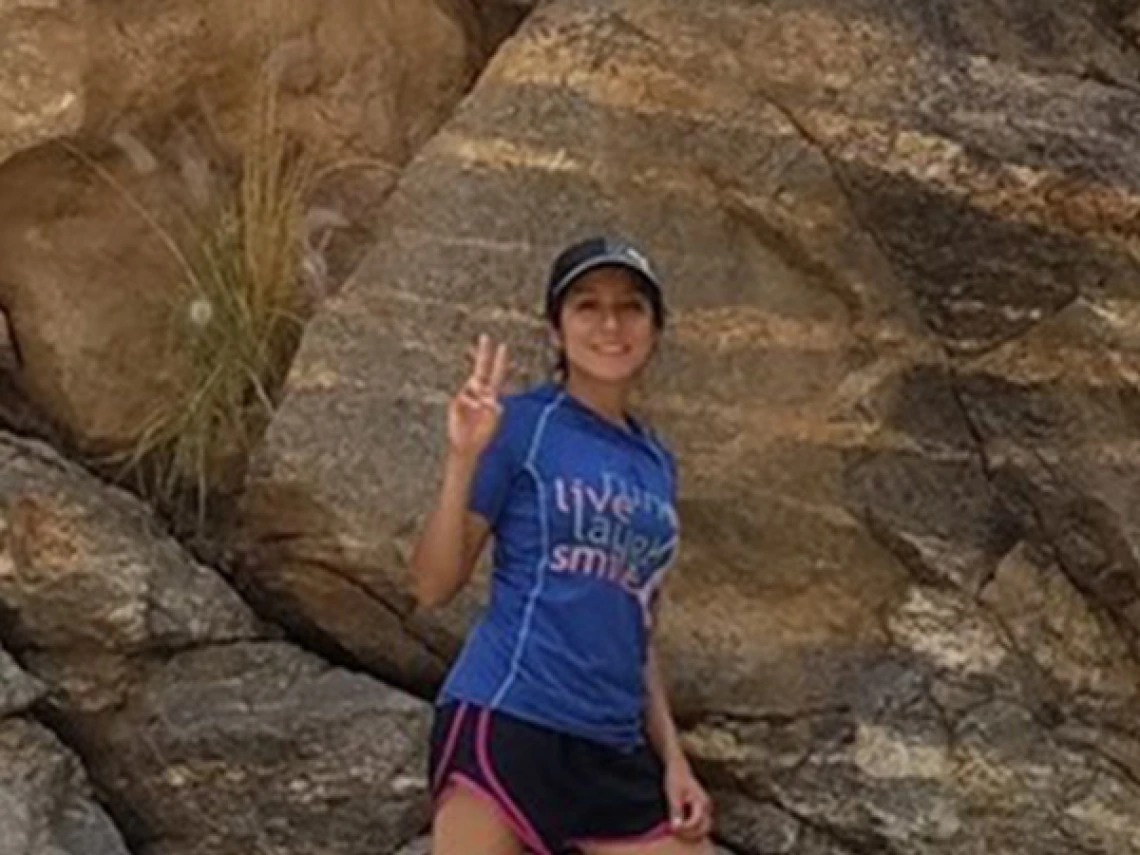Alma Anides Morales: “Building Resiliency using GIS, Local Knowledge, and Conventional Data”

Alma enjoying Seven Falls hike, one of the most popular trails in Tucson, Arizona.
In Arizona, climate change has resulted in record high Summer temperatures and more intense precipitation events. Coupled with environmental pollution from resource extraction economic practices, communities are faced with challenges around environmental health and sustainable growth.
UA SRC Trainee Alma Anides Morales joined Dr. Ramirez-Andreotta’s Integrated Environmental Science and Health Risk Laboratory in January 2018 as a M.S. student in the Department of Environmental Science.
Anides Morales’ research seeks to increase a community’s resiliency, or its ability to prepare for, withstand, and recover from an event (e.g., flooding, drought) using environmental measurements, local knowledge, and remote sensing data along with geographic information systems (GIS) tools.
Anides Morales research in Ambos Nogales, sister border towns along the U.S.-Mexico border, she is developing a land suitability analysis to identify areas for green infrastructure placement that will maximize benefits such as management of stormwater runoff and increasing green space opportunities. For her work, she recently took first prize at the Rivers Edge West 2021 Changing Rivers conference student poster presentation competition.
Anides Morales recognizes the value of local knowledge in finding solutions-based approaches. Her research seeks to incorporate years of citizen science work in Arizona mining communities that Ramirez-Andreotta’s Lab has engaged in. Anides Morales is developing a community needs and assets survey to gather direct input that uses this citizen science data to help determine factors that contribute to their community’s vulnerability and resiliency. Results will be available as an open-source environmental health resiliency tool in a GIS interface.
Alma Anides Morales finished her M.S. in Environmental Science and graduate certificate in Geographic Information Science in May of 2020. She is continuing her Ph.D. working with Dr. Ramirez-Andreotta in the Department of Environmental Science at the University of Arizona.

